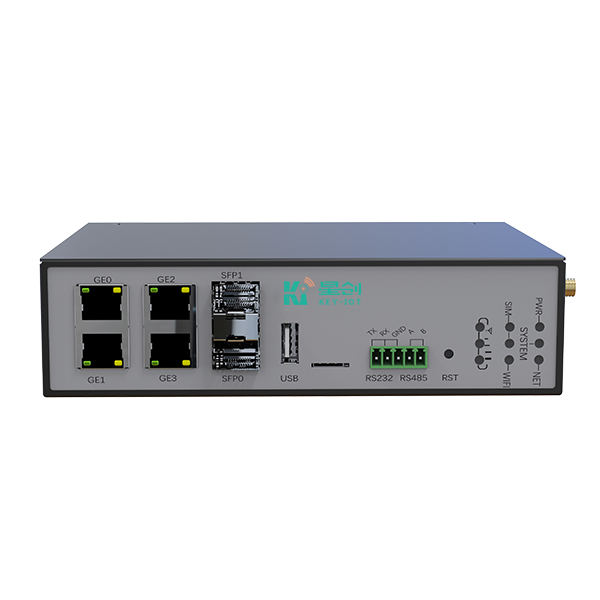SEARCH
— 葡萄酒 | 威士忌 | 白兰地 | 啤酒 —
— 葡萄酒 | 威士忌 | 白兰地 | 啤酒 —

Wi-Fi 6 (802.11ax), as a mature next-generation wireless communication technology, is increasingly being deployed in Industrial IoT (IIoT) applications. Compared to its predecessor Wi-Fi 5 (802.11ac), Wi-Fi 6 offers comprehensive improvements that meet the demanding requirements of industrial environments. Many industrial IoT gateways now support Wi-Fi 6 alongside 4G industrial routers, creating hybrid connectivity solutions that deliver enhanced efficiency for IIoT deployments:
Wi-Fi 6 implements advanced data encoding and modulation schemes (1024-QAM) to achieve faster data rates, crucial for industrial scenarios requiring massive data transfers such as large-scale equipment monitoring and real-time vision systems. When integrated with 4G industrial routers, this enables seamless fallback connectivity in challenging environments].
Features like OFDMA (Orthogonal Frequency Division Multiple Access) and BSS Coloring optimize spectrum utilization, reducing congestion from dense device connections. This complements 4G routers’ cellular connectivity in areas with Wi-Fi interference .
With TWT (Target Wake Time) and EDCA enhancements, Wi-Fi 6 achieves millisecond-level latency essential for control systems. Combined with 4G routers’ low-latency cellular links, this ensures reliable communication for industrial machinery].
Wi-Fi 6 handles 4× more concurrent connections than Wi-Fi 5 through OFDMA optimization. Network architects can design hybrid networks using Wi-Fi 6 gateways for local clusters and 4G industrial routers for wide-area device management].
TWT scheduling allows synchronized sleep cycles for battery-powered sensors, reducing power consumption by up to 75%. 4G routers with power-saving modes further extend operational longevity of field devices].
Mandatory WPA3 encryption protects sensitive industrial data. 4G routers add cellular-grade security through private APNs and VPN support, creating multi-layer protection.
Improved signal penetration and stability over Wi-Fi 5 enables reliable connections across industrial facilities. Dual-mode gateways with Wi-Fi 6 and 4G connectivity ensure uninterrupted operation, using cellular backup when Wi-Fi coverage reaches limits].
In conclusion, Wi-Fi 6 delivers transformative improvements in throughput, latency, device density, and energy management for IIoT. When deployed alongside ruggedized 4G industrial routers, enterprises gain hybrid networking solutions combining Wi-Fi 6’s local high-speed capabilities with cellular networks’ wide-area reliability – perfect for mission-critical industrial automation systems.
Since the invention and widespread adoption of WiFi, it has become an essential part of modern life, influencing nearly every aspect of how we live. However, concerns about WiFi router radiation safe distance and its potential health effects have ...
View detailsLTE (Long-Term Evolution) represents the charm of fourth-generation wireless communication technology. As an extension of 3G technology, LTE aims to achieve high data transmission speeds and ultra-low response times.
View detailsMany people are confused about the difference between DTU and gateway devices. Today, I'll explain this topic clearly, starting with what a DTU is. DTUs are widely used in the market across various scenarios including agriculture, industry, water ...
View detailsHere's my conclusion upfront: Automotive Ethernet is genuinely great technology, but it has quite a few pitfalls. If you're working in automotive electronics or interested in connected vehicle technology, I recommend reading this post patiently.
View detailsMo